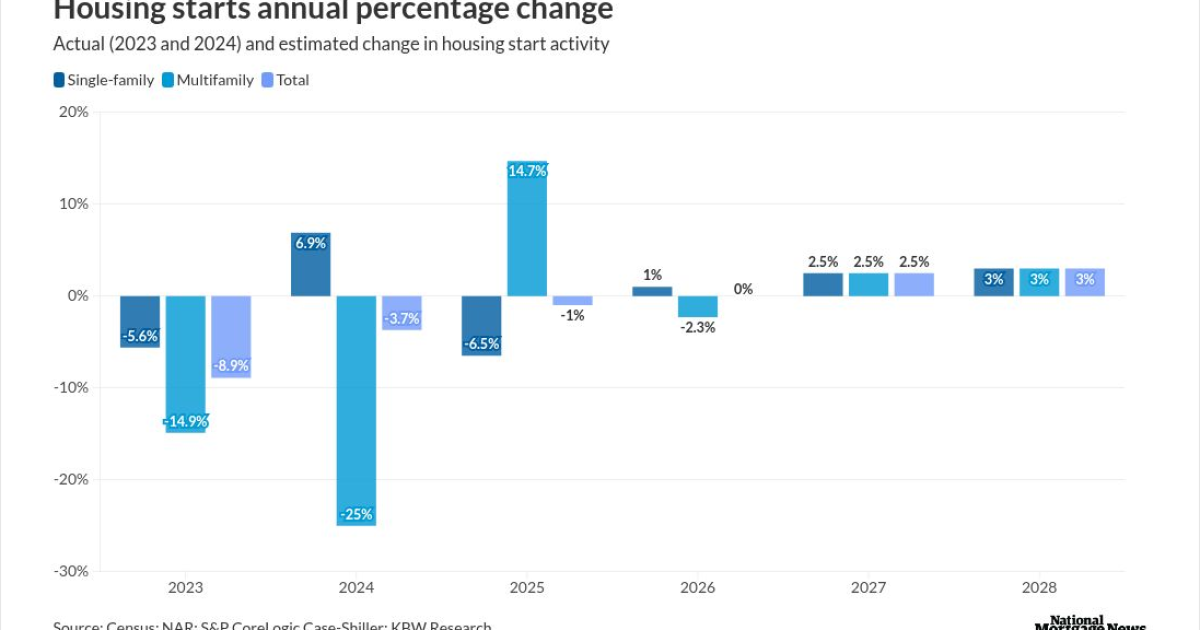
Gross agency
New mortgage securitizations that government-related entities Freddie Mac, Fannie Mae and Ginnie Mae backed in total last year came in just below $1 trillion, according to data from FHN Financial and CPRCDR, an analytics provider.
Meanwhile, FHN Financial also reported that issuance in the far smaller private-label residential mortgage-backed securities market has shown relative strength so far this year.
That could continue if interest rate conditions for originators improve this year, rating agency analysts have forecast.
"For 2024, with a couple of tailwinds behind us, we are expecting some increase in issuance," Jack Kahan, senior managing director, head of the RMBS group at Kroll Bond Rating Agency, during a recent press conference on the outlook for this year.
KBRA has projected that private-label issuance will total around $56.5 billion in 2024 and be up an estimated 9% from the past year, according to a report released last month.
While KBRA speculated that a driver of increased issuance this year could be a bank capital proposal that might constrain depositories' appetite for mortgages, shifting them to the private label market, there've been
The early surge in private-label securities issuance this year so far appears to come from a shift in investor interest in RMBS backed by loans made outside the qualified mortgage definition, said Walt Schmidt, senior vice president, mortgage strategies, at FHN Financial.
"What it really comes down to is the willingness of investors to buy
While that may indicate a bit of more PL RMBS buyer appetite for credit and yield, it's not to the kind of worrisome degree seen just prior to the Great Recession, he said.
"These aren't the structural products that we had in 2005, but investors are willing to go down the credit curve a little bit," Schmidt added. "The thing that you need to watch out for is if there's too much innovation in terms of the lending environment."
Agency issuance on a gross basis has fallen to levels that haven't been regularly seen in almost 20 years, back when PL RMBS gave it more of a run for its money, but the latter market remains just a drop in the bucket compared to the former and will likely stay that way.
Current federal policy suggests the agencies are likely to continue competing fairly aggressively for loans, Schmidt said.
"I don't know that you could say that they're trying to open the credit box, but they are trying to serve as many borrowers as they possibly can," he said.
Gross issuance in the agency market as well as the PL RMBS sector may be higher this year if
"Our economists have expected that the Fed is done with their hikes, so rates should go down," Jeana Curro, head of agency MBS research at Bank of America, said in a recent 2024 outlook webinar.
While that could boost gross issuance, the net amount could be another matter, according to Schmidt.
"If rates fall, you can get faster prepayments, so net issuance might not pick up a lot," he said. "But certainly if rates fall, gross issuance can pick up quite a bit."



